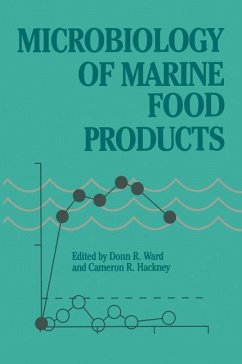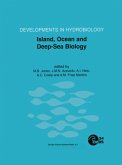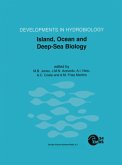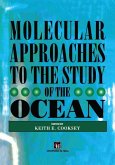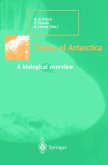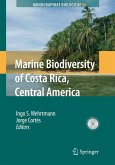In recent years,consumption ofseafood products has risen dramatically. Howev er, along with the growth inconsumption, there has beengrowingenthusiasm for efforts to improve the qualityand the perceived safety of seafoods. This has culminated in'the debate on "Mandatory Seafood Inspection." While quality and safety are the principal issues behind the inspection debate, microbiology is one of the principal sciences associated with quality and safety. All foodcommodities have their owndistinctive microbiology.However, of all the food commodities,seafoods have one ofthe most, ifnot the most, diverse and complex microbiologies. Unlike meat or poultry products where only a few species are represented in each group, the term seafoods encompasses hundreds ot genera and species. Concems associated with mollusks are often quite differ ent from those associated with finfish or crustaceans. Other factors contributing to the microbiological complexity are the range of environmental habitat (freshwater to saltwater; tropical waters to arctic waters; pelagic swimmers to sessile bottom dwellers) and processing practices (iced fresh products to com mercially sterile canned products; hand labor to mechanized processes). This bookprovides acomprehensiveexaminationofmicrobiological quality and safety concems of seafood from harvest through processing. Many of the chapters are the mostcomprehensive reviews to date. Aconcertedeffort has been made to incorporate discussions on topics that are both timely and timeless.

